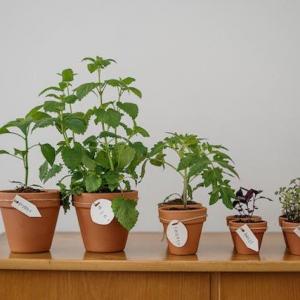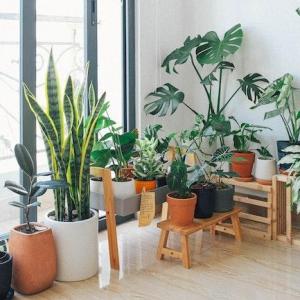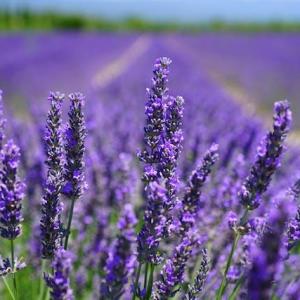
Introduction
Companion planting is a gardening technique that involves planting different crops together to maximize their health and control pests naturally. By selecting the right combinations of plants, you can provide mutual benefits, such as repelling pests, attracting beneficial insects, improving soil fertility, and enhancing overall crop health. In this guide, we will explore various companion planting strategies to help you maximize your crop health and control pests effectively.Marigolds
Marigolds are excellent companions for many vegetable crops. They emit a strong scent that repels aphids, nematodes, and other harmful insects. Plant marigolds near tomatoes, peppers, and brassicas like cabbage or broccoli to deter pests. Additionally, marigolds attract beneficial insects like ladybugs and lacewings, which feed on common garden pests.
Nasturtiums
Nasturtiums have a strong scent that repels aphids, whiteflies, and squash bugs. Plant them near cucumbers, tomatoes, and squash to keep these pests at bay. Nasturtiums also act as a trap crop, attracting aphids away from your main crops. The flowers are edible and add a peppery flavor to salads, making them a useful and attractive addition to any garden.
Basil
Basil is not only a tasty herb but also an excellent companion plant. It repels flies, mosquitoes, and tomato hornworms. Plant basil near tomatoes, peppers, and beans to deter pests and improve their overall growth. Additionally, basil enhances the flavor of tomatoes when grown together, making it a perfect companion in both the garden and the kitchen.Chives
Chives have a strong scent that repels aphids, carrot flies, and Japanese beetles. Plant chives near carrots, tomatoes, and roses to protect them from pests. Chives also attract beneficial insects like hoverflies, which prey on aphids. Plus, their purple flowers add beauty to the garden while providing a source of nectar for pollinators.Sunflowers
Sunflowers act as a "trap crop" for pests like aphids and whiteflies. Plant them near vegetables like cucumbers, melons, or beans to attract these pests away from your main crops. The tall sunflower stalks also provide shade and support for climbing plants. Additionally, sunflowers attract pollinators and beneficial insects, making them a valuable addition to any garden.Garlic
Garlic is known for its pest-repellent properties. Planting garlic near roses, tomatoes, or brassicas helps repel aphids, Japanese beetles, and spider mites. Garlic also improves soil fertility and helps deter fungal diseases. Harvesting garlic bulbs provides an additional benefit of a delicious culinary ingredient.Borage
Borage is a versatile companion plant that attracts bees, beneficial wasps, and other pollinators. Its beautiful blue flowers add color to the garden while repelling pests like tomato hornworms and cabbage worms. Plant borage near tomatoes, squash, or cabbage family crops to improve overall pollination and pest control.Beans and Corn
Beans and corn make excellent companions, known as the "Three Sisters" planting technique. Corn provides support for climbing beans, while beans fix nitrogen in the soil, benefiting both corn and other crops. This symbiotic relationship improves soil fertility and overall plant health. Additionally, the sprawling bean vines help deter pests that may be attracted to corn.Conclusion
Companion planting is a valuable technique for maximizing crop health and controlling pests in your garden. By selecting the right combinations of plants, you can create a harmonious environment where crops thrive and pests are deterred naturally. Consider incorporating marigolds, nasturtiums, basil, chives, sunflowers, garlic, borage, beans, and corn into your garden to enjoy the benefits of companion planting. Experiment with different combinations and observe the positive impact on your crop health and pest control. With companion planting, you can create a balanced and thriving garden ecosystem while reducing the need for synthetic pesticides and promoting a more sustainable approach to gardening.
Article
Be the first comment
Elite Article














